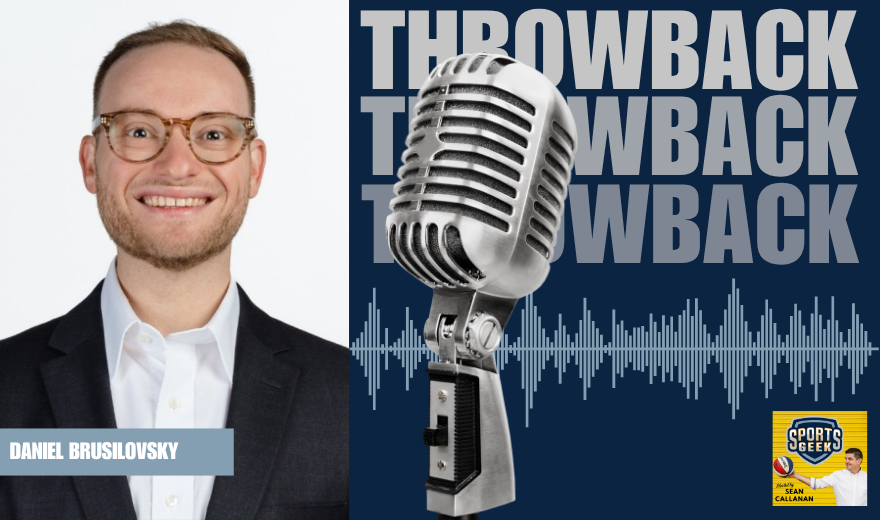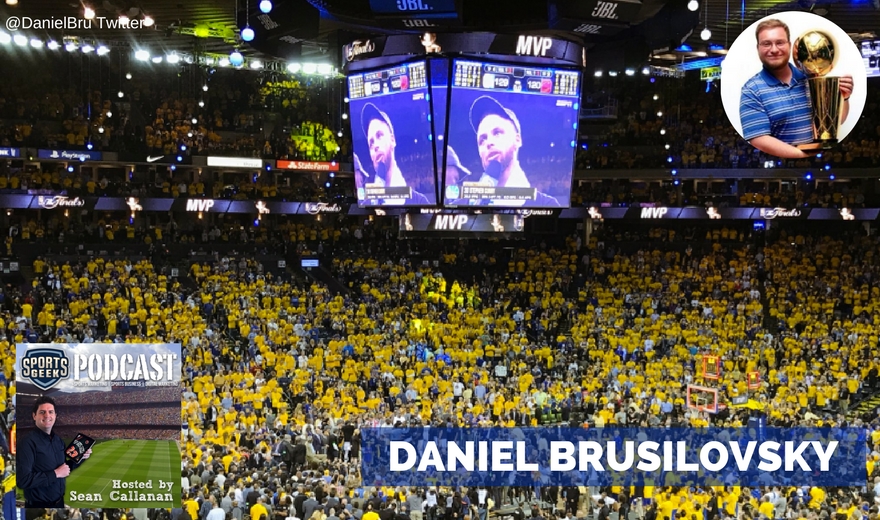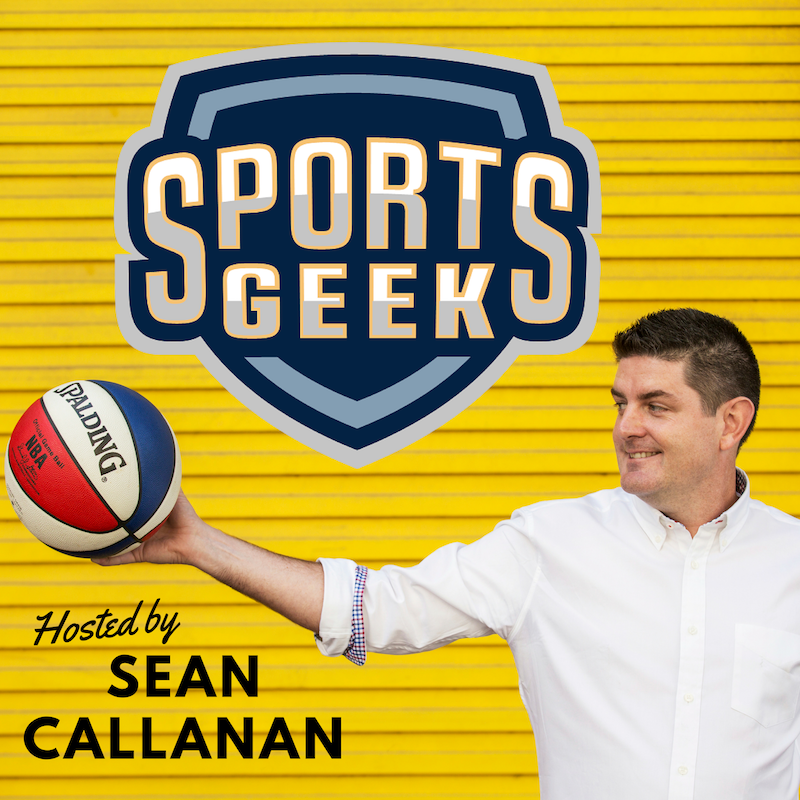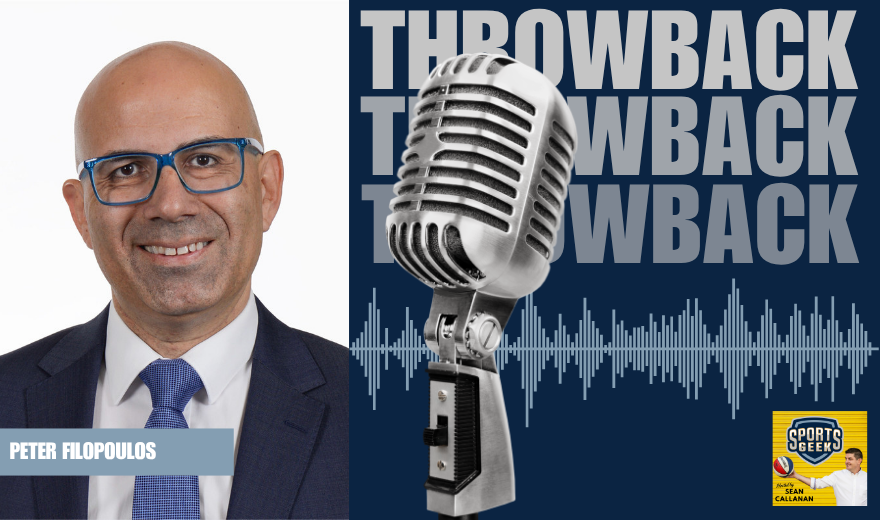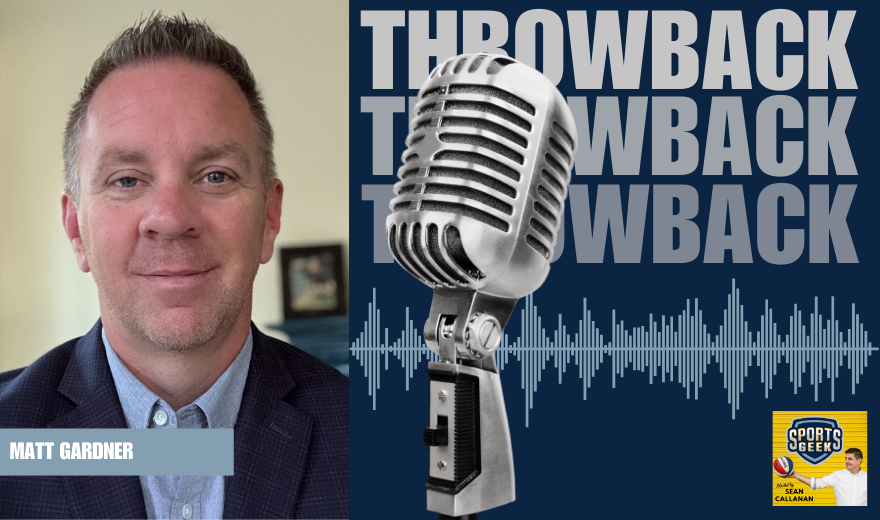This transcript has been lightly edited by AI
Sean: How do you balance how much technology is enough technology. And you know enhancing the fan experience and you know bells and whistles for bells and whistles like which you know is potentially something that's in front of you oh you've got to have this and this and this and you know the fan walks in Central Park like stadium development these days and someone potentially what it's like when Jaime Simpson built his own car and he just kept adding everything like there's a real danger that if you just add everything you end up with The Simpsons car this has got too much cedi.
Sean: How do you get that balance.
Daniel: I think a lot of people ask the how and the what and not necessarily the why. So I think we need to start asking ourselves well why are we doing this why are we integrating this technology or why are we doing that. And once you can start asking those questions you get people to really think about well maybe we don't need that. And so for us I think it's really important to not just do technology for technology's sake but if we truly feel that it's a part of the fan experience it's impacts it in a positive way. So for us we always have to keep in mind that when we do things it it really has to make an impact. We don't really want to do things just for a press release that will go out and for you know for people to congratulate us on Twitter. I mean that stuff is great but we really want to do things that truly impact the fans experience. And so we've we've done a few of these things where whether it's the messenger chat bot that we launched in the playoffs where we understand that chatbots were kind of hot and the buzzword you know everyone's talking about it but we saw a huge opportunity with a platform with over a billion users to really bring the Warriors to that to that user base. Yeah. So we want to make sure that we're doing things the right way because it truly impacts the fan experience and a better way.
Sean: And that balance is also as much as you know moving to new stadiums. And I've spoken with a lot of NBA NBA folks is the global opportunity that the NBA offers. You know you have you know two if not for one of the most marketable stars on the court and they've got these global appeal so that so the opportunity is is global and that's what things like doing the message bought as much as you're focusing on the fan experience at the stadium. Can you explain what's happening in Iraq or what's happening in the stadium to a global pace and that's obviously part of your scope of work to say how do I get more of the performance stuff in the hands of more people globally.
Daniel: Yeah. And I mean when I tell people that we have someone on our digital team just focuses on China and managing our Webo count and our relationships with Chinese influencers people are blown away. But we have millions of followers on Webo and we have a huge brand and Webo in China. So we need to really engage with that audience. But for us I think what's really unique is we've been working with a company called next VR for a number of years. One of our owners Peter Guber is an investor and on board of next we are in. So a few years ago he brought this to us and said figure out V.R. with sports with basketball. And so we've done a lot of testing over the last few years that I think has really helped next we are position themselves into where they are now which is the day week. You know one game a week broadcast in VR.
Sean: So they did that like passing in VRand then also got the notification the other day like this. They did the El Classico in Miami and they've been doing a lot and it and it just starts as the as the adoption right of that take starts rolling out. Then that's when you'll get the win. Like at the moment Jasoos it's so early on that curve of people and people watching it but you know when you know whether it's the new Apple iPhone that makes it really easy or whether it's you know whatever Facebook do in Ah-Q in the Oculus spice when it becomes super easy mindstream and it doesn't look as clunky as it currently does. You'll have some of that premium content they cause that's you know you go to that platform. There's nothing that I can watch an NBA game like it's a you know when new platforms pop up then a premium content. So testing in this space now it's much better to make mistakes when no one's watching. Exactly. And then high he's the he's the new platform.


